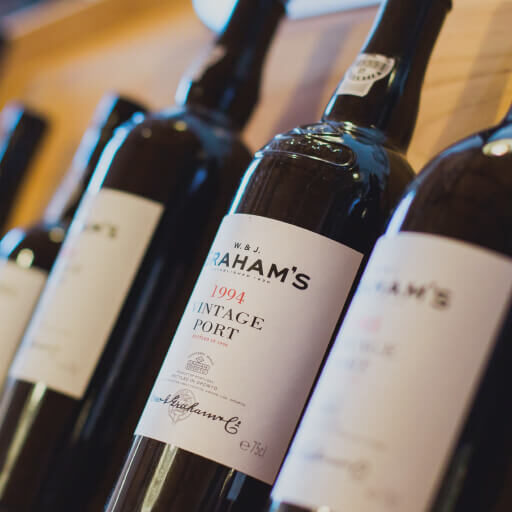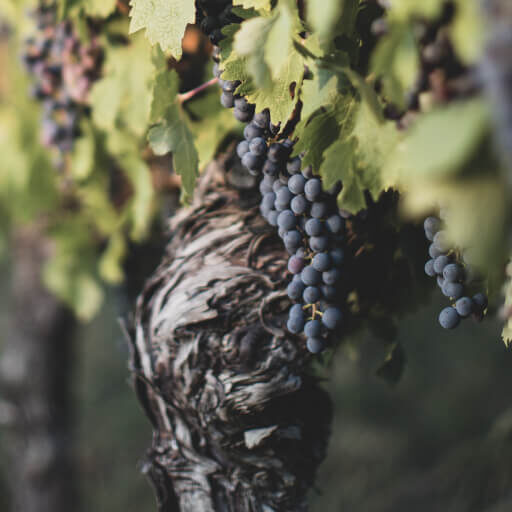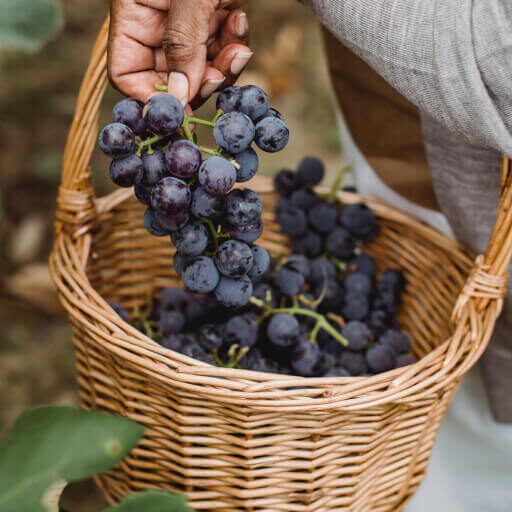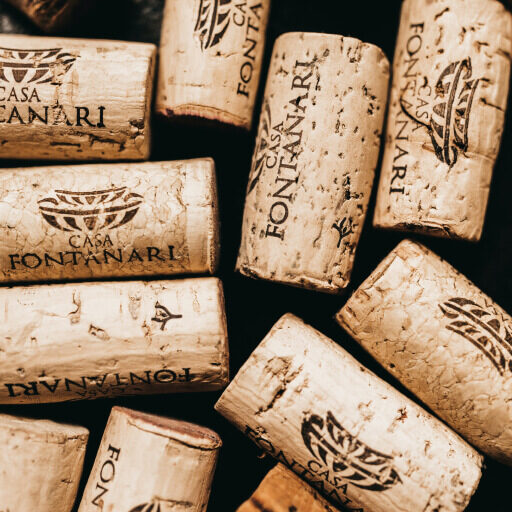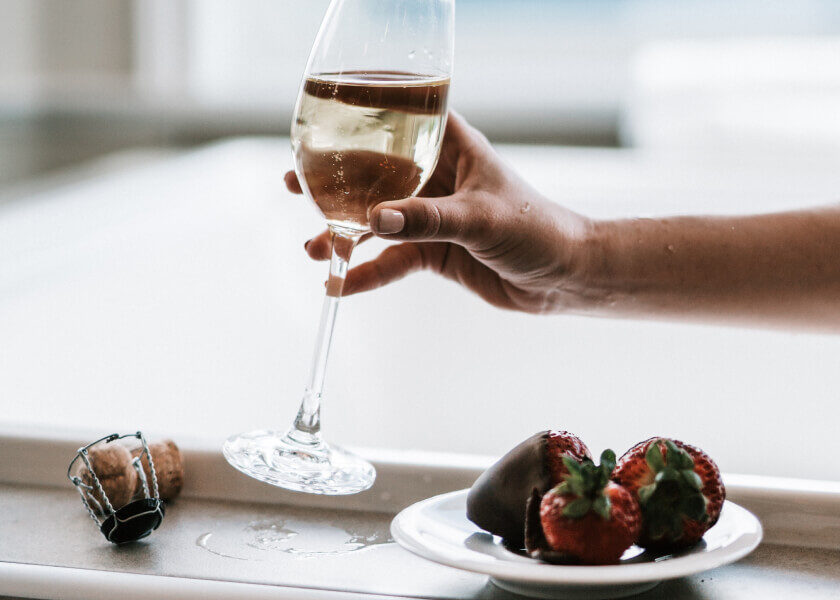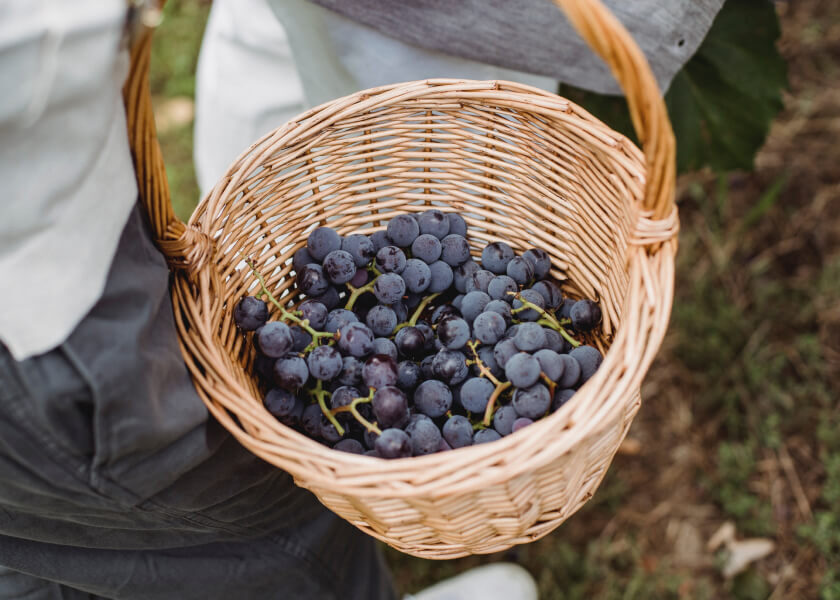- Mejora la función cardiovascular: El cacao contiene antioxidantes y compuestos antiinflamatorios que pueden ayudar a reducir el riesgo de enfermedades del corazón.
- Mejora la función cognitiva: El cacao también contiene compuestos que pueden mejorar la función cognitiva, como la cafeína y la teobromina.
- Aumenta el flujo sanguíneo: El cacao también puede ayudar a mejorar el flujo sanguíneo al dilatar los vasos sanguíneos.
- Mejora el estado de ánimo: El cacao contiene un compuesto llamado feniletanolamina, que puede ayudar a mejorar el estado de ánimo.
- Reduce el estrés: El cacao también contiene compuestos que pueden ayudar a reducir el estrés.
- Puede ayudar a prevenir enfermedades neurodegenerativas: El cacao puede ayudar a prevenir enfermedades neurodegenerativas, como el Alzheimer y la enfermedad de Parkinson.
- Puede ayudar a mejorar la piel: El cacao contiene antioxidantes y compuestos antiinflamatorios que pueden ayudar a mejorar la apariencia de la piel.
- Puede ayudar a perder peso: El cacao puede ayudar a perder peso al ayudar a controlar el apetito y aumentar el metabolismo.
- Puede ayudar a mejorar la salud ósea: El cacao puede ayudar a mejorar la salud ósea al aumentar la absorción de calcio.
- Puede ayudar a mejorar la salud del hígado: El cacao puede ayudar a mejorar la salud del hígado al reducir la inflamación y el daño celular.
Cabe mencionar que estos beneficios se dan en el consumo moderado de cacao, ya que el exceso puede traer efectos negativos en la salud.
unique white wine
In a challenge where you’re trying to taste your way through different countries, Gewürztraminer almost feels like a two-for-one special. With both French and German influences, it’s easy to see how some wine enthusiasts have become particularly intoxicated by this pungent wine, and we’re no different. Want to learn more about this aromatic beauty? Check out our full guide to Gewürztraminer.
For our tasting purposes, we went with a bottle of Gewürztraminer from Alsace: a Germany-bordering region in France that’s easily the most respected place in the world for this floral grape.
And the day came when the risk to remain tight in a bud was more painful than the risk it took to blossom.– BILLI REUSS
It’s pretty common to find this grape made with carbonic maceration (thus, the “banana” flavor in some wines), which helps reduce some of the herbaceous-ness. Still, there’s something about this grape (and the island) that’s other-worldly. Flavors seem to balance between overly fruity and seriously earthy. It’s no wonder that this wine pops up in “in the know” NYC wine bars. Xinomavro really reminds us of Barolo when done right, but with a slight savory quality that brings up visions of aged Tempranillo.

